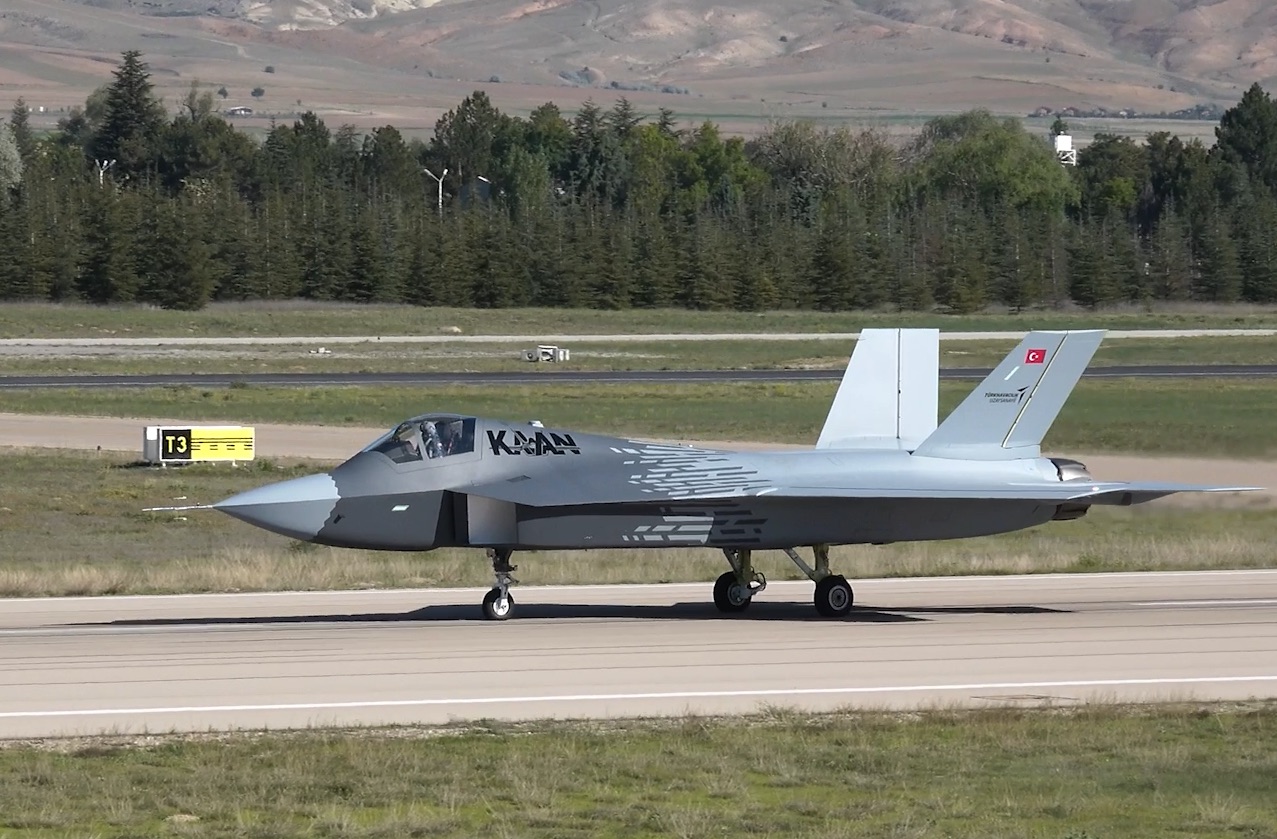
Türkiye's fifth-generation KAAN fighter jet program is entering a new and more intensive testing phase, with three new prototypes—P1, P2, and P3—set for high-frequency, high-altitude flight tests, Turkish Aerospace Industries (TAI) CEO Mehmet Demiroglu confirmed in an interview with Tony Osborne of Aviation Week.
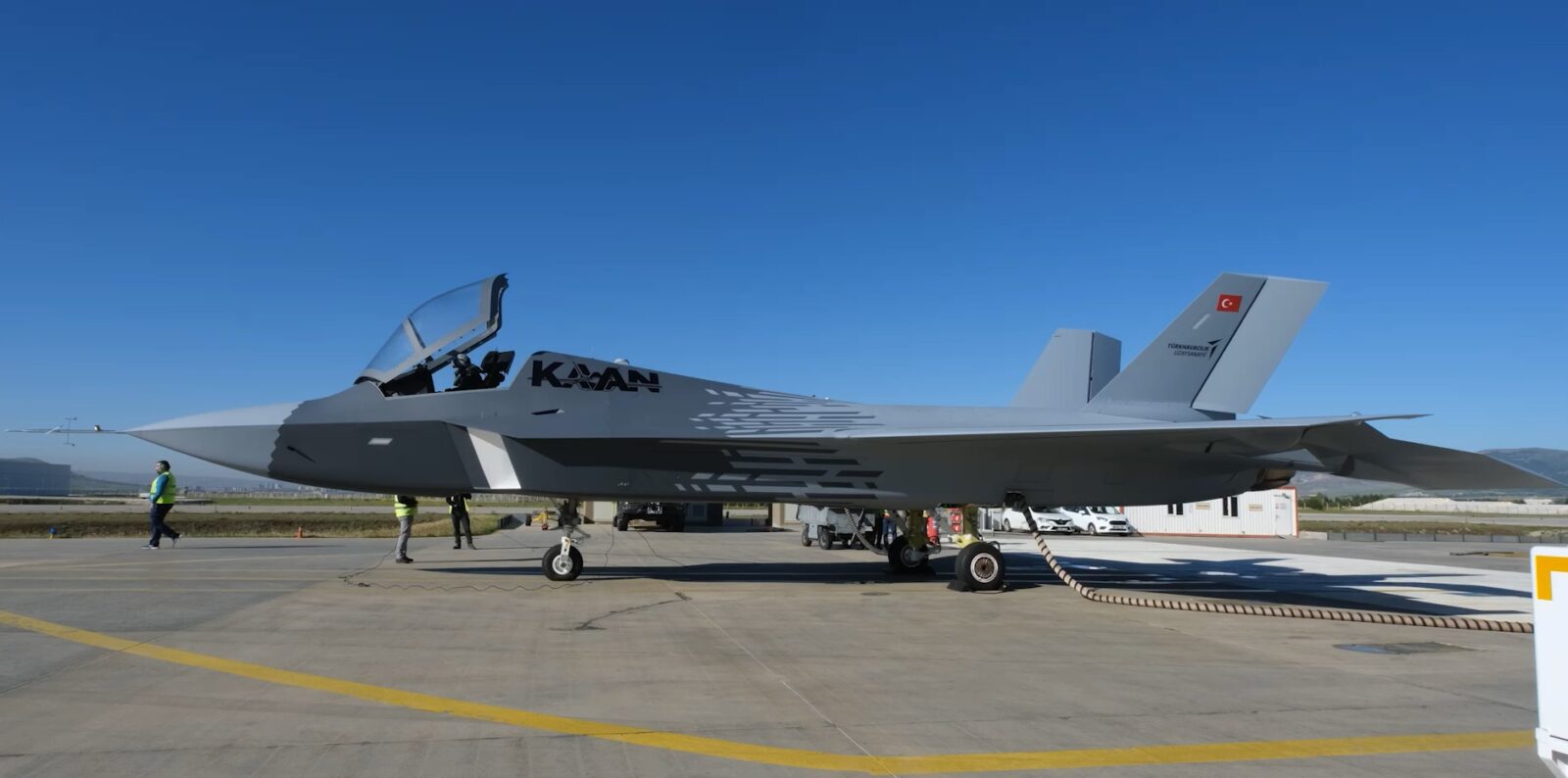
Demiroglu described the testing philosophy for the new aircraft as, "Flying as often as possible, as long as possible, and as high as possible."
The P0 prototype, which made its maiden flight on May 6, 2024, has completed two flights and is now primarily used for ground testing.
It demonstrated the feasibility of the aircraft’s design and manufacturing process. While it may fly again, the current emphasis is on preparing P1, P2, and P3 for frequent flight testing to validate performance and durability.
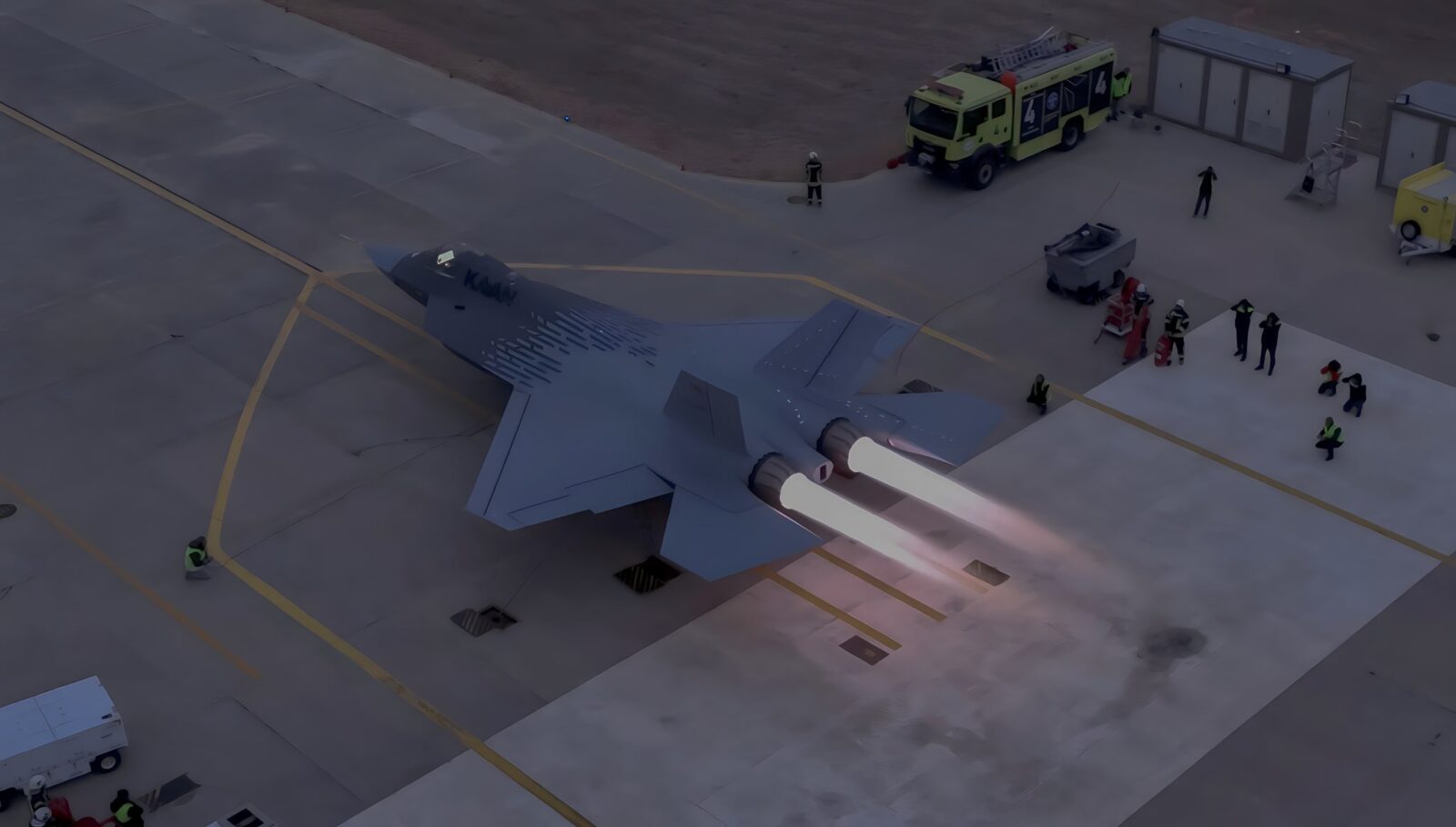
The KAAN is being assembled at TAI’s state-of-the-art final assembly line (FAL) facility in Ankara.
Adjacent infrastructure includes a wind tunnel, paint shop, and a radar cross-section test range, where low-observability coatings and airframe features will be validated.
"Everybody knows that if you want to stay independent for the next 50–100 years, you must have your own [defense] equipment," said Demiroglu.
The P1 prototype is being constructed in custom jigs for precise alignment of 18 major component assemblies using laser-guided systems. A total of six flying prototypes are planned, alongside two structural test articles.
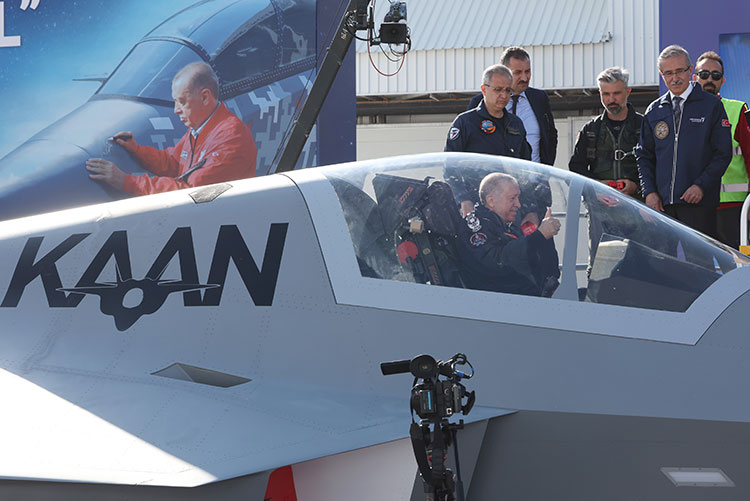
The twin-engine, stealth-capable KAAN, similar in form to the F-22, will carry its payload internally across three weapons bays. TAI reports that 80–90% of the systems are domestically sourced, including avionics and sensors.
Though the initial aircraft are powered by General Electric F110 engines, an indigenous propulsion system is in development.
TRMotor and TEI (TAI Engine Industries) are leading the design, with preliminary engine trials scheduled by 2029. Demiroglu noted that initial mixed-engine trials may feature one F110 and one local engine installed side by side.
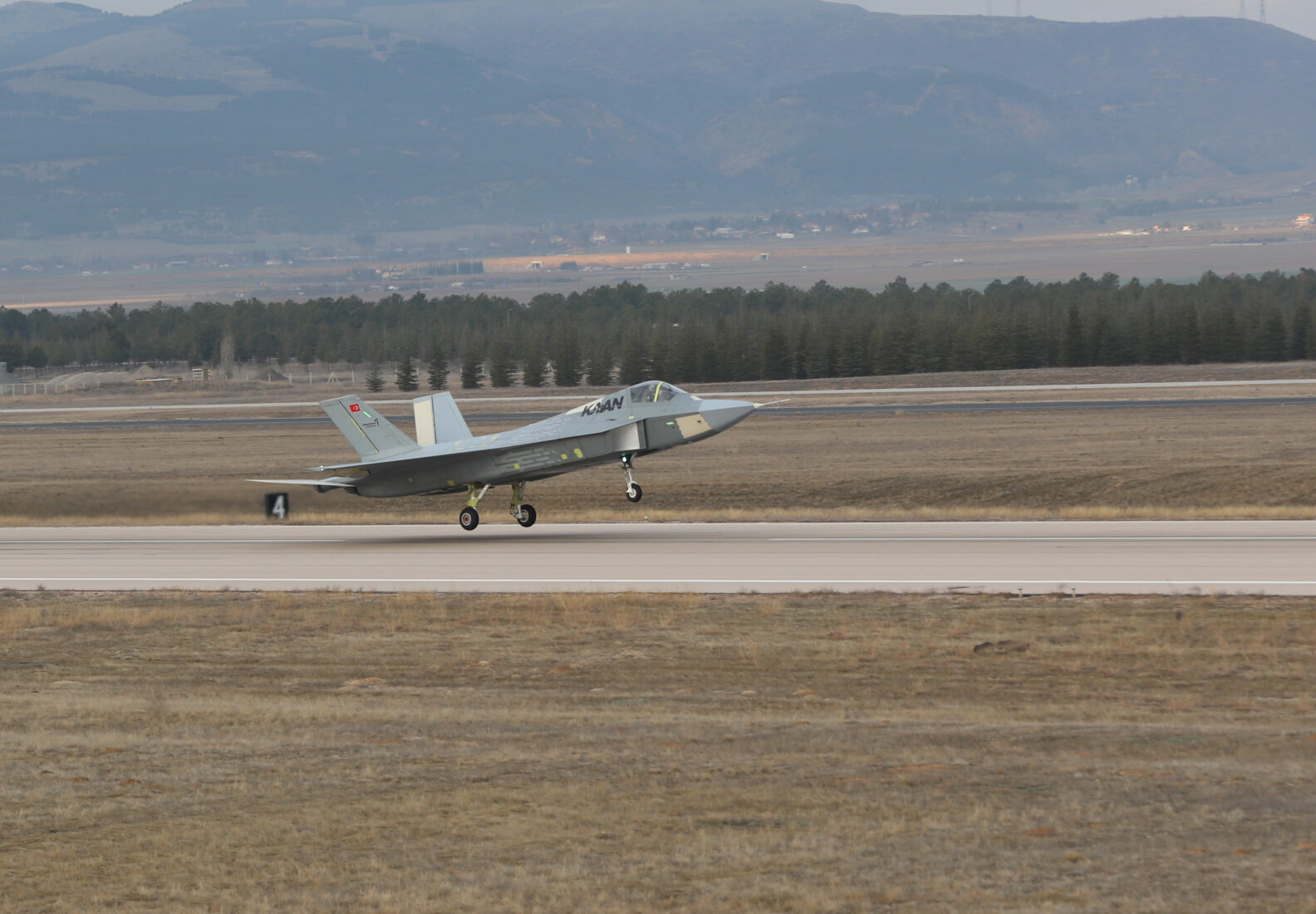
To support system validation, TAI has converted a Bombardier Global 6000 business jet into a Flight Test Laboratory, which Demiroglu says is used to test Aselsan-developed AESA radar and electronic warfare systems.
"We test radar and communication systems simultaneously to understand their interactions," Demiroglu explained.
The Flight Test Laboratory has been operational since early 2025 and allows for sensor development ahead of integration on KAAN prototypes.
TAI is also exploring crewed-uncrewed teaming. The KAAN is expected to operate alongside uncrewed platforms such as Anka-3 and Kizilelma, both developed in Türkiye.
"We don't want to put KAAN at the front line. It will be there when needed but will have Anka-3 and Kizilelma next to it," Demiroglu noted.
This aligns with global trends in collaborative combat aircraft and autonomous teaming systems.
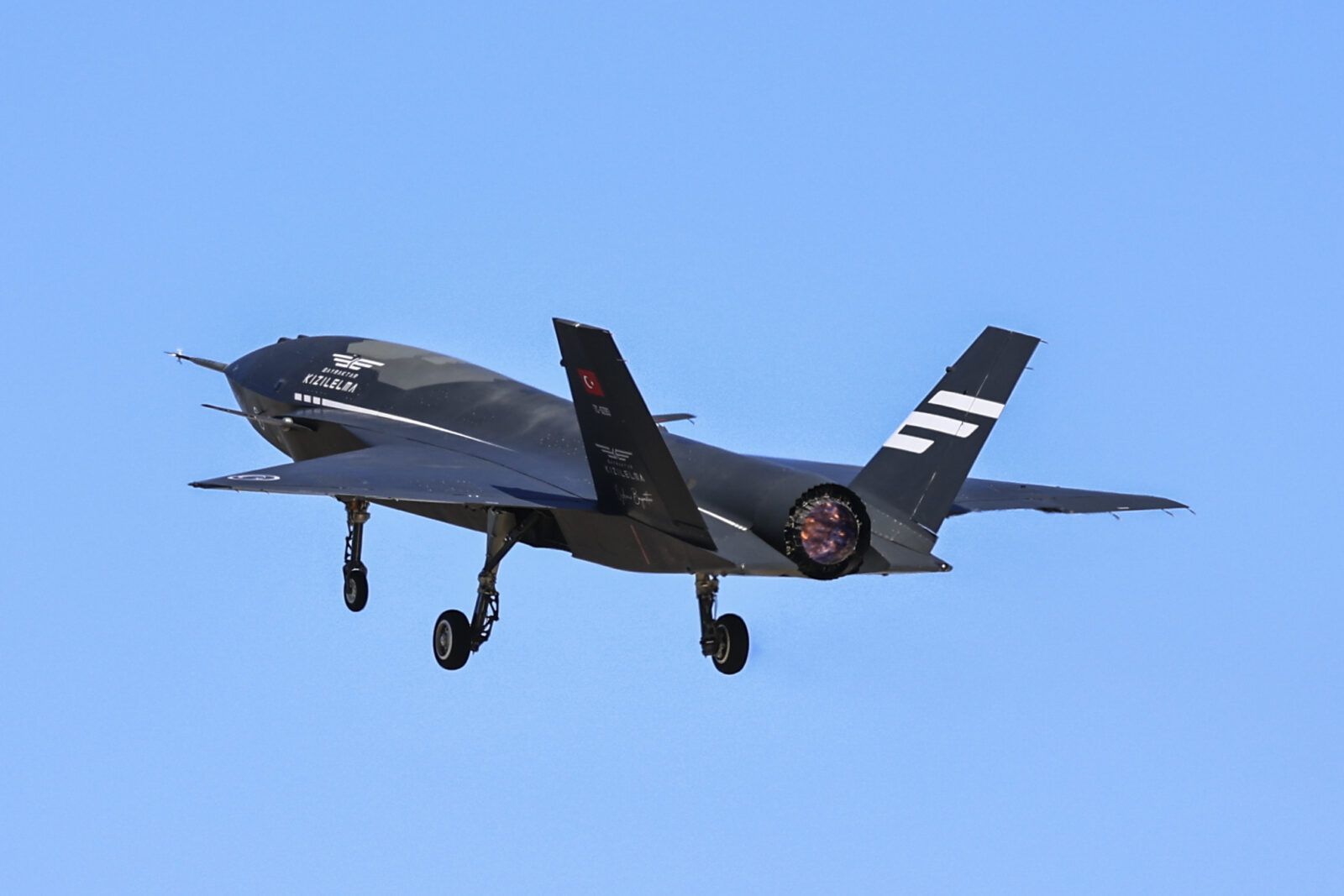
Production of the KAAN will be divided into blocks, with each new batch offering incremental technological enhancements.
The second prototype set—P4, P5, and P6—will feature improvements in weight optimization, mission systems, and supersonic inlet design.
Demiroglu indicated strong international interest in the KAAN program.
A protocol signed with Azerbaijan's Ministry of Defense in 2023 has yet to be finalized, but Türkiye’s close ties with Baku suggest future collaboration.
"I do not know if [a Kaan partnership] will happen this year or next, but I am sure we will have it. Once we do, everybody will know . . . that it will not be only one," he said.
Discussions with other nations are ongoing, although financial constraints and competing priorities have delayed formal agreements. TAI remains open to international partnerships on the KAAN, Gokbey helicopter, and Anka UAV programs.